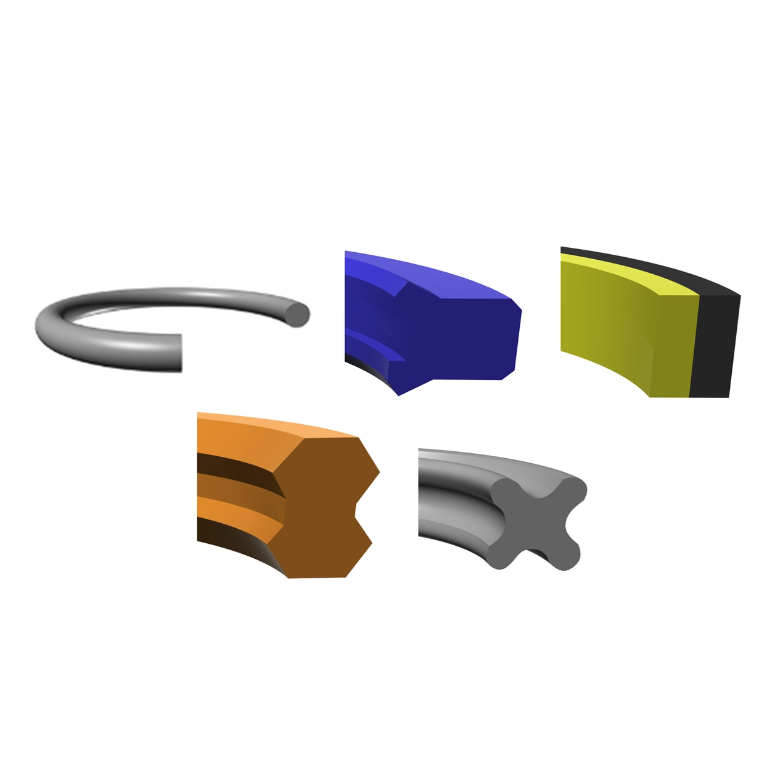O Ring
Our extensive selection of O-rings is designed to meet the sealing needs of various industries and applications. Our products offer reliable and durable solutions to prevent leaks and ensure optimal performance. Explore our comprehensive range of materials and sizes to find the perfect O-rings for your specific requirements.
Metric O Ring Categories
Frequently Asked Questions
O-rings are mechanical gaskets in the shape of a torus, commonly used to create a seal at the interface between two or more parts. They are made from elastomeric materials such as rubber, silicone, or fluorocarbon, and are known for their ability to create tight seals and prevent the leakage of liquids or gases. O-rings are versatile and can be used in both static and dynamic applications, providing reliable sealing solutions across various industries.
What are O-rings used for?
O-rings are used in a wide range of applications due to their effectiveness in sealing and preventing leaks. Some common uses include:Industrial Machinery: O-rings provide seals in pumps, valves, and cylinders, preventing leakage and maintaining pressure.
- Hydraulics and Pneumatics: They are used to seal joints in hydraulic and pneumatic systems, ensuring efficient operation and preventing fluid or air leaks.
- Medical Devices: O-rings are used in medical equipment to ensure the safe and leak-free operation of various devices.
Their ability to provide reliable and durable seals makes O-rings essential in many applications.
O-rings work by being compressed between two or more parts to create a seal. Here’s a basic overview of their operation:
- Placement: The O-ring is placed in a groove or between the surfaces of the parts to be sealed.
- Compression: When the parts are assembled, the O-ring is compressed, creating a tight seal that prevents the passage of fluids or gases.
- Elasticity: The elastomeric material of the O-ring deforms slightly under pressure, filling any gaps and ensuring a leak-proof seal.
- Pressure Resistance: O-rings can withstand various pressures, depending on their material and design, making them suitable for both low and high-pressure applications.
This simple yet effective sealing mechanism ensures that O-rings provide reliable performance in a wide range of environments.
O-rings are manufactured using precise processes to ensure their quality and reliability. The typical manufacturing process involves:
- Material Selection: High-quality elastomeric materials are chosen based on the specific application requirements, such as temperature resistance, chemical compatibility, and pressure tolerance.
- Mixing and Forming: The raw material is mixed with various additives to achieve the desired properties and then shaped into the basic form of an O-ring.
- Curing: The formed O-rings are cured using heat and pressure to vulcanize the material, enhancing its strength and elasticity.
- Cutting and Finishing: The O-rings are cut to the required size and finished to ensure smooth surfaces and precise dimensions.
- Quality Control: Each O-ring undergoes rigorous testing and inspection to ensure it meets the required standards for performance and durability.
This meticulous manufacturing process ensures that our O-rings provide optimal sealing performance and longevity in demanding applications.

